11 September 2014 – Day of the Author's Persona's Bandana
from Infinite Wallace 2014, Paris
Photo - A. Mak
![]()
-Ariane Mak
![]()
-Additional photos by Tony McMahon.
T. McMahon and Bandana
I think anyone who was present at the Infinite Wallace Paris Conference would agree that bandanas were a strangely recurring theme in today’s proceedings. To begin with, a wallacesque white bandana was offered to each of us. (For some reason I couldn’t convince Tony, my fellow reporter-blogger, to wear it for a picture. I am not giving up though.)1 Then Mike Miley mentioned during his paper the bandana’s importance with regards to the DFW persona. The signature bandana worn by Leonard Bankhead in The Marriage Plot was also commented upon by Marshall Boswell as part of Jeffrey Eugenides’ crafting of a DFW doppelgänger (despite Jeffrey Eugenides’ claims that his main source of inspiration was Axl Rose..). During another panel discussion, someone2 pointed out that the famous picture of the bandana-wearing-DFW which was used during IJ’s release had actually been taken more than a decade before, around 1982. It was very interestingly suggested that the photo had been chosen as an attempt to craft a Kurt Cobain echo.
Great papers today and engaging discussions – four panels on two topics: “Performance, entertainment, media” and “Wallace the auteur/Questions of reading and writing”. As the whole conference is being recorded (links should be up in a couple of weeks), I’ll only say a few words about each paper. 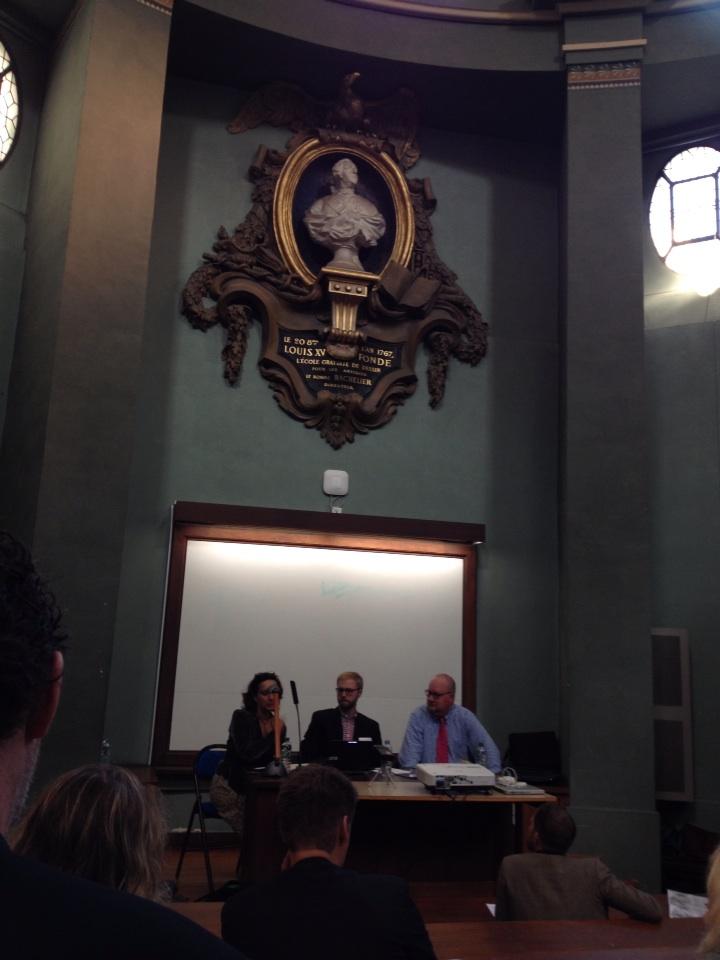
Photo - A. Mak
Bart Thornton talked about DFW’s vast knowledge of post war European cinema, drawing many interesting parallels between Jim O. Incandenza and French film director Henri-Georges Clouzot and highlighting Guy Debord’s influence.
Mike Miley explored David Wallace’s struggle against David Foster Wallace (the author’s persona) comparing the annotations in several texts with the “David Wallace chapters” in The Pale King. He emphasized that the plagiarism recounted in The Pale King, being the first instance where the author had to adopt authorial names which were not his own, was the first event in a sequence which would ultimately result in the complete replacement of DW by DFW.
Photo - A. Mak
Tony McMahon suggested many fruitful connections between Wallace’s work, Situationism and Grunge. He also stressed “The Hitherto Criminally Overlooked Importance of Signifying Rappers” particularly with regards to DFW’s political and critical engagement. [More about this one later - Nick]
Jay Johnson examined the Canada-centric arc in Infinite Jest. He drew an interesting typology of three key roles in which Canada is cast in IJ: as a Victim of America and ONANite policy; as the Enemy Other; as the Alternative.
Photo - T. McMahon
Photo - T. McMahon
Marshall Boswell’s plenary talk was a fascinating exploration of Jeffrey Eugenides’ The Marriage Plot as a key text for analysing DFW’s influence on contemporary fiction.
He demonstrated that the “gentle giant” Leonard Bankhead was heavily inspired by DFW: his bandana, chewing tobacco habit, appearance, softness, delicacy of tone and wallacesque language (with almost verbatim quotations of things said by DFW during public readings – “where’s my saliva?”), as well as references to Goethe’s Werther (DFW signing his letters to Mary Karr as “Young Werther”, cf her memoir Lit). The Marriage Plot was described as “a love triangle where DFW and Eugenides fight for the reader’s attention”, with Marshall Boswell highlighting that the book was not a mere homage but a dialogic space for critique. 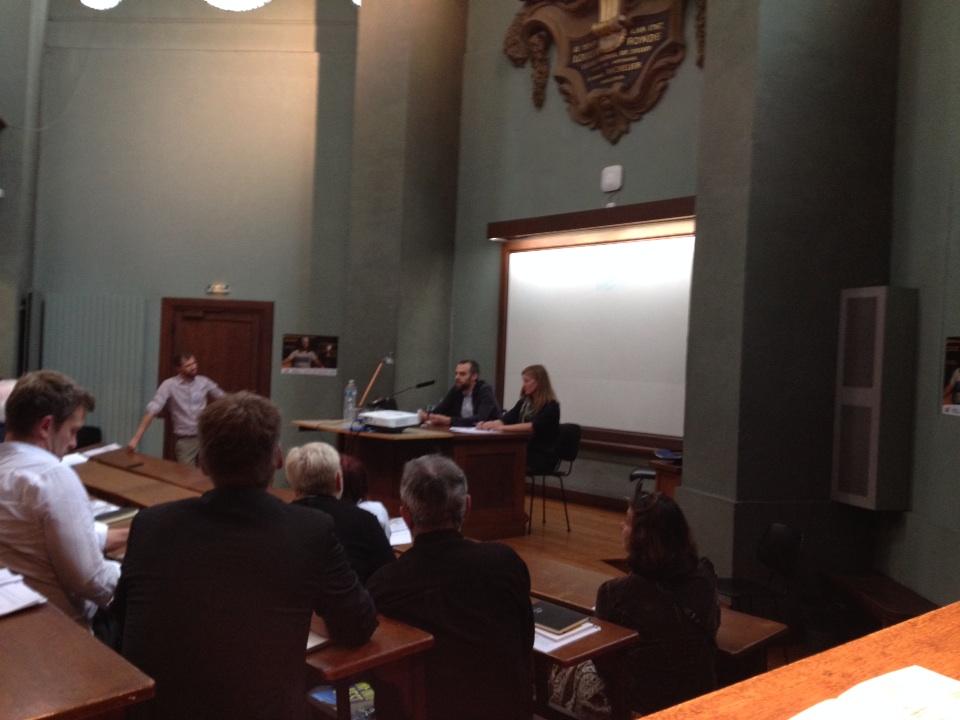
Photo - A. Mak
Tim Groenland considered IJ in relation with the death of the auteur debate. He traced the influences of the idea and its consequences with regards to the author’s moral duty, making great use of the material he found in the Harry Ransom Center archives (DFW’s own books and annotations in particular).
Jackie O’Dell tackled the relation between DFW and postmodernism through an interesting reinterpretation of IJ and “E Unibus Pluram”, stressing DFW’s ambiguous stance towards the university world. 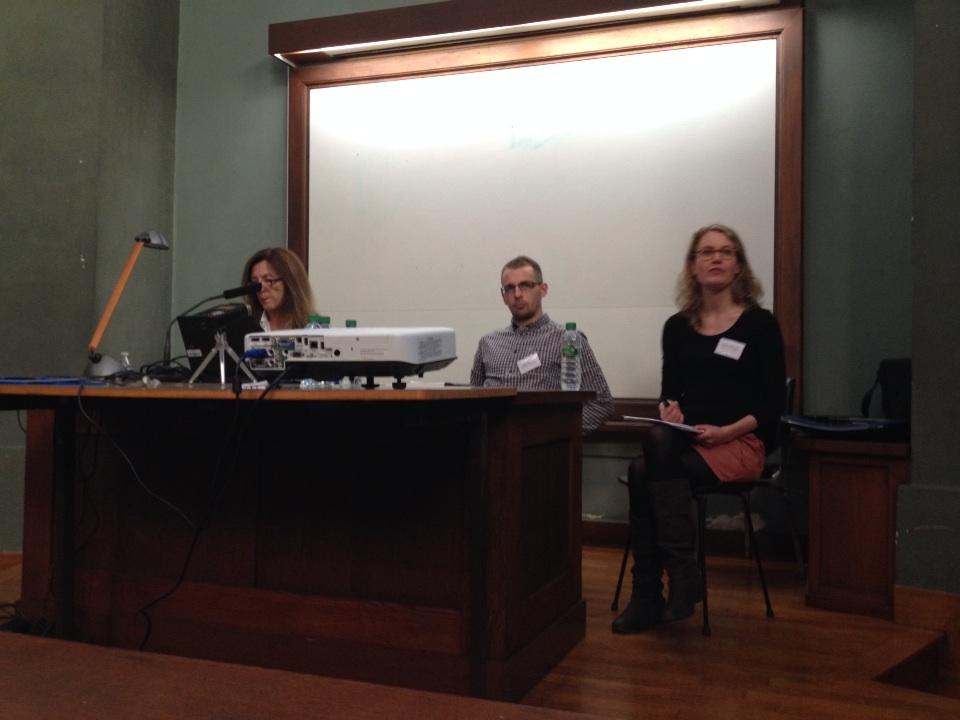
Photo - A. Mak
John Roache examined DFW’s complex relationship to scholarship and literary criticism in particular, drawing from “Authority and the American Usage” and a particularly interesting analysis of facetious endnotes in IJ.
Laura Morris showed that DFW’s conflict between his desire to furnish values and his contempt for ideological passion finds its resolution in a radical aesthet(h)ics inspired by Jacques Rancière. In this “new kind of democratic art”, the reader takes up new roles, as evidenced by her analysis of Brief Interviews with Hideous Men.
Laura Kreyder gave a brilliant talk on the use of Québécois French in Infinite Jest.
As the paper was given in French I thought I’d write a bit more about it.
Drawing on an analysis of the Harry Ransom Center archives’ material she started by tracing DFW’s French influence. This showed that DFW had read Rabelais, Stendhal, Chrétien de Troyes and Gide while a student at Amherst; then Duras (The Lover), Nathalie Charraud’s book on Cantor and Olivier Razac’s Barbed wire, an important influence for the Pale King. Camus, Rousseau and Artaud are also among the French authors mentioned in IJ, but Perec was also very appreciated by DFW (cf Luria Perec).
As to French films, Laura Kreyder contended that DFW seemed to have less seen many of them than read about a lot of them. The only French movie we could be sure DFW had seen was La Sentinelle (1992) by Despleschin. But Laura was able to find precisely when DFW had seen it: on 05/10/1992 in New York (while DFW lived in Syracuse he made frequent week end trips in New York to see Mark Costello).
Laura Kreyder then explained how shocking IJ’s Québécois French was to many French readers and proceeded to show that many apparent mistakes were intentional and had been designed by DFW as puns. She brilliantly analysed for instance the evolution of the term used to describe the A.F.R.:
- Step 1 (in one of the first manuscripts, circa 1990): They were called A.V.M. for “Assassins des Voitures de Malade” (which could be clumsily translated by “The Crazy Cars Assassins”)
- Step 2 (Moore version): “Les Assassins des Fauteuils Roulents”. Which, interestingly, is almost perfect, very close to the French correct version which would be “Les Assassins des Fauteuils Roulants”.
- Step 3 (IJ): “Les Assassins des Fauteuils Rollents”. This last version is less correct than the 2nd one but Laura contended that it was changed by DFW in order to created a pun with “rolling” and better mimic the French language to an Anglophone reader.
She gave more examples of these bilingual puns in IJ:
“toot sweet” sounds like “tout de suite” in French (right away)
“Minister of Environment and Resources Development Enterprise” = M.E.R.D.E. (S.H.I.T.)
Laura Kreyder’s final remark was that in IJ knowing French was a sign that you were a positive person but was also fatal (as all the characters who couldn’t speak French in IJ were positive characters who ended up dead).
Photo - A. Mak
The day ended up on a cocktail, but I left early [What?! - Nick]. This required considerable will as I’ve never seen champagne and such fancy petits fours at a French conference before, but I thought this report would already be full of grammar mistakes as it is without adding champagne to the equation.
-Ariane Mak
1. To SNOOTs out there please excuse your (French) blogger-reporter for the many mistakes and Gallicisms this text most probably includes.
2. There actually are some situations where one would rather have people wearing name badges on their back.
| < Prev | Next > |
|---|




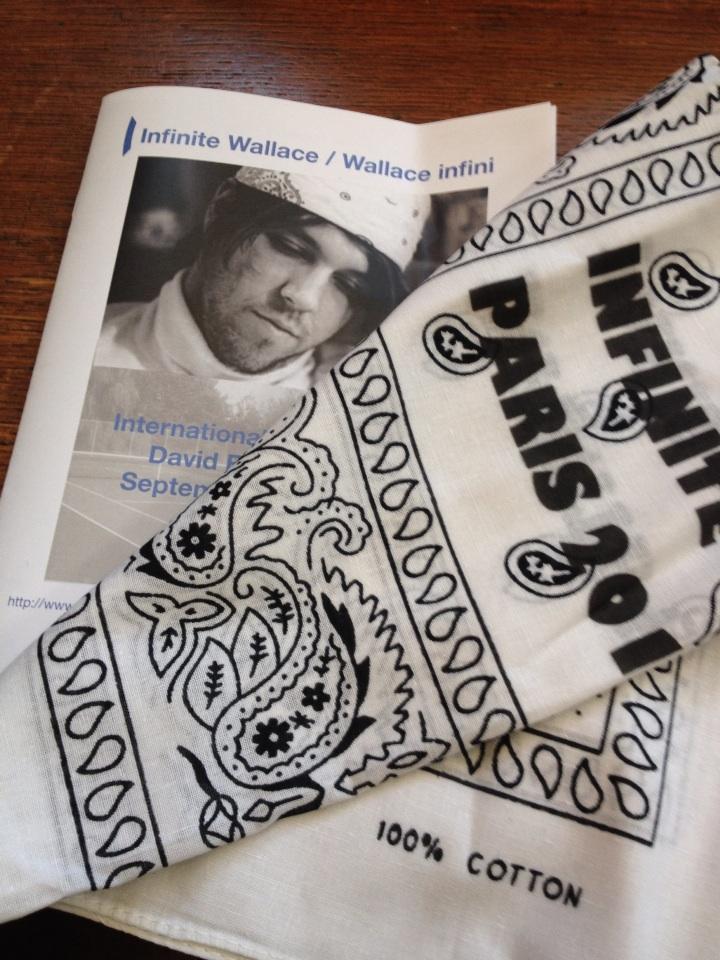
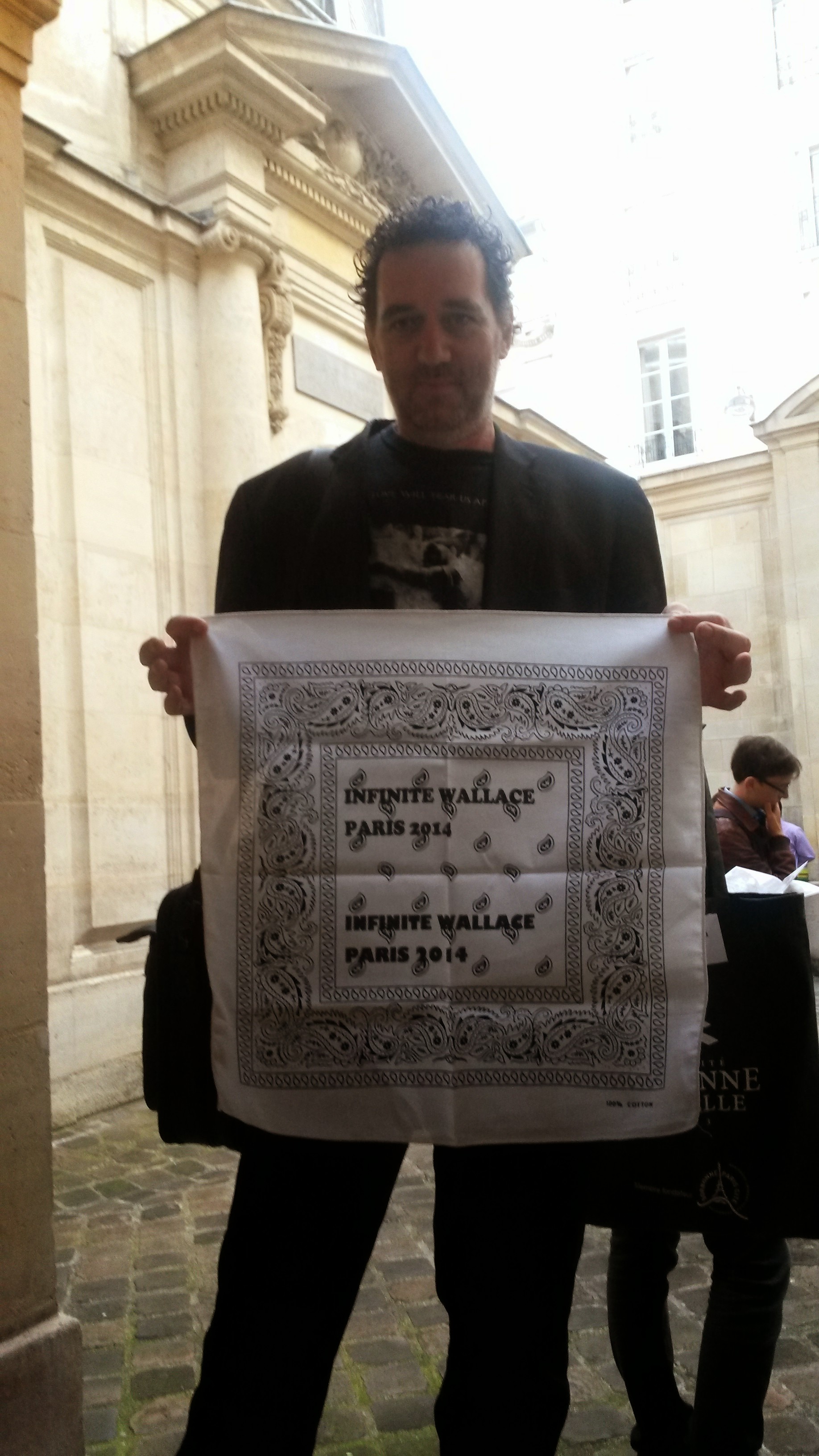
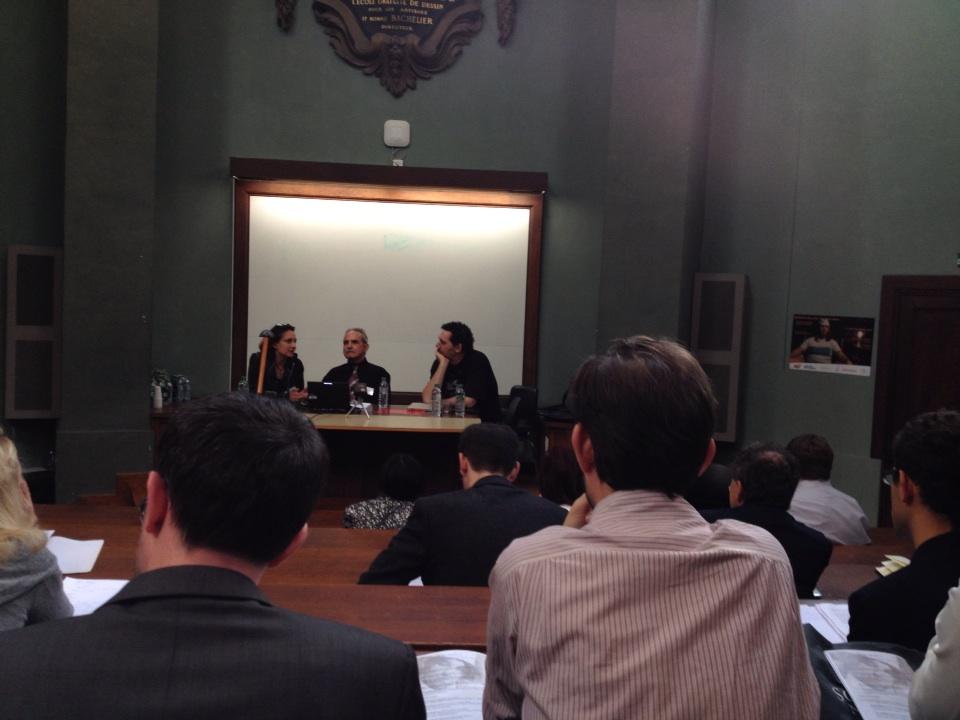

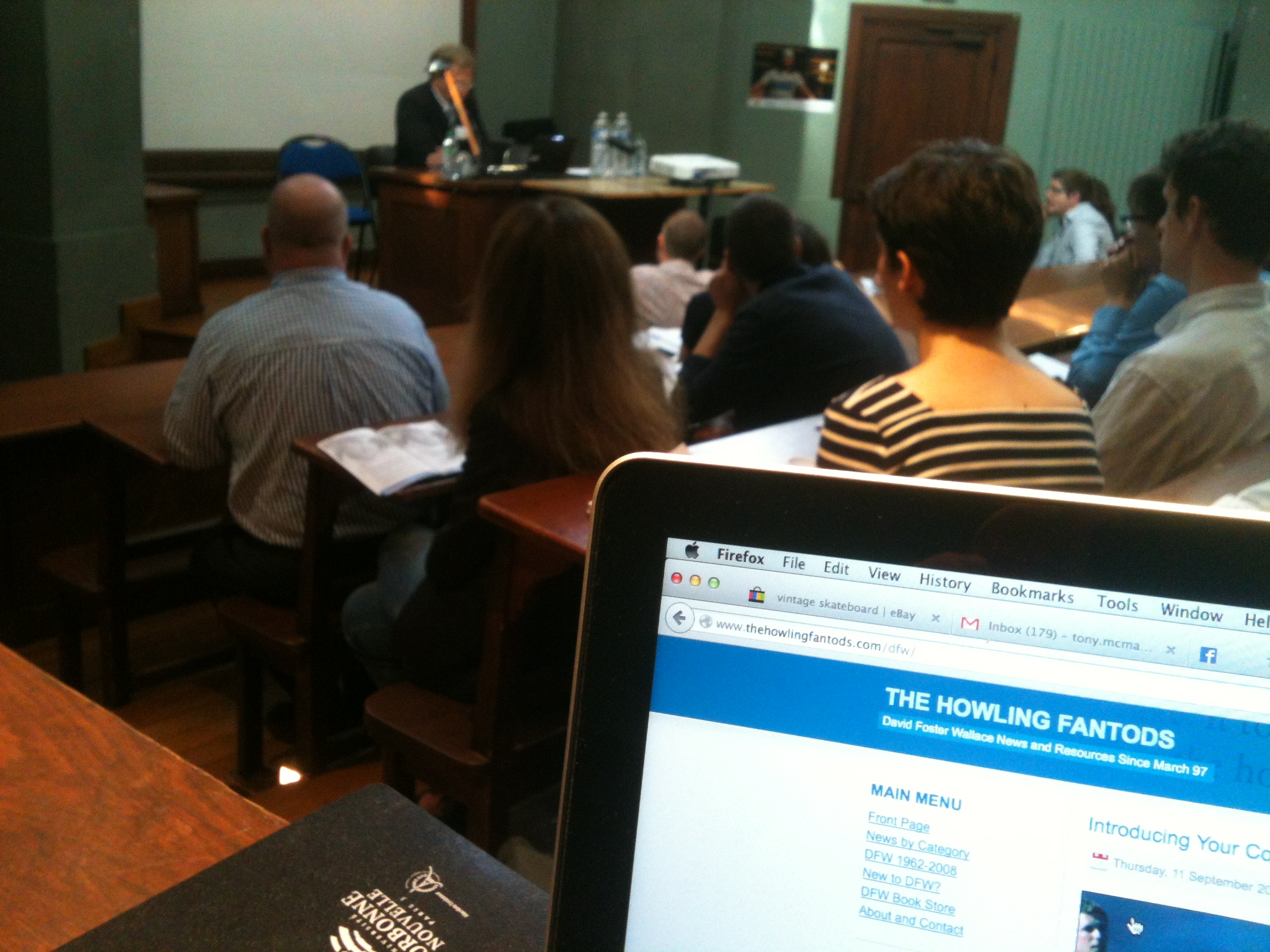
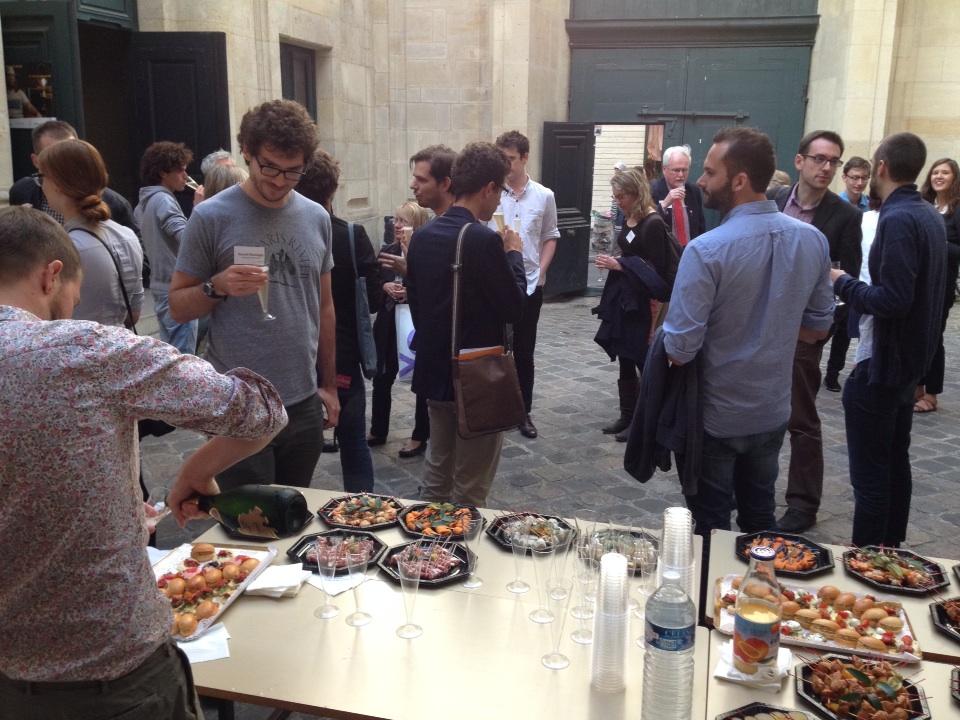

Comments